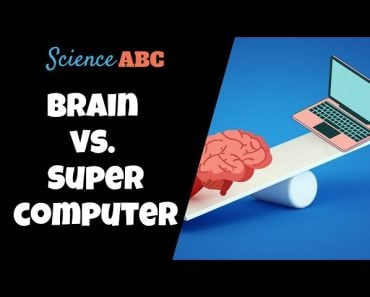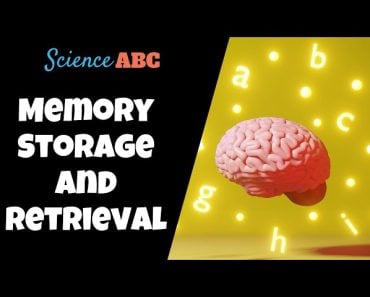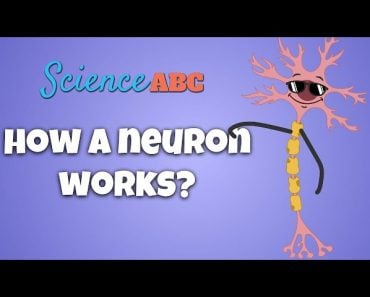It is not possible to multitask. When we think we’re multitasking, we are actually just rapidly switching our focus from one task to another. The brain can only focus on one task at a time, but it can hold or remember the information required for multiple tasks. However, the more tasks you try to switch between, the greater the chance of making a mistake.
In today’s fast-paced world, multitasking has become the norm, and often a requirement on job listings. However, while we take pride in our ability to juggle multiple tasks simultaneously, we are likely over-inflating our multitasking prowess.
So, if you believe you excel at handling numerous tasks simultaneously, you might be surprised to learn that this is a misconception. In reality, our brains lack the capacity to effectively manage two or more tasks concurrently; rather, the brain is more suited to focusing on one task at a time.
You may contest this notion by recalling the numerous instances when you “successfully” multitasked. Consider those crucial texts you sent mid-meeting, the conversation you had with your mother while finalizing the presentation on your laptop, or the time you saved by eating a sandwich while walking to work. These are quintessential examples of multitasking, right?.
As it happens, your brain can concurrently handle simpler tasks or those that demand less cognitive effort, particularly if the tasks engage non-overlapping brain regions. However, this ability diminishes when confronted with tasks that necessitate active thinking.
Recommended Video for you:
Our Brains Are Designed To Focus On One Task At A Time
The brain cannot perform multiple tasks simultaneously because it lacks the architecture to do so. It has evolved to perform only a single task efficiently. The term “multitasking” is, in fact, a misnomer, as you are never truly focusing on two tasks at the same time. All you’re doing is continuously switching between them.
This happens in two stages: goal shifting and rule activation.
In goal shifting, your brain consciously redirects attention from one task to another. Subsequently, it assimilates rules necessary for the new task, while disengaging from those associated with the previous one.

This switching back and forth between tasks is not efficient. You’ll take more time to complete each task and will likely make more errors.
The areas of the brain involved in multitasking are those involved in attention and cognitive executive control. These are the frontoparietal control network and the ventral and dorsal attention networks. The interaction between these three networks defines our ability to perform multiple tasks simultaneously.
Neural Networks Involved In Multitasking
The three neural networks primarily involved in multitasking play distinct roles.
The frontoparietal network identifies the goal or task at hand, selects pertinent information necessary for the task, and filters out superfluous information.
The dorsal attention network (DAN) and ventral attention network focus your attention on the task.
The DAN allows you to voluntarily direct attention to information that is essential for accomplishing the task represented in the frontoparietal network. For example, when driving and talking on the phone, the DAN keeps your attention on the road and helps you navigate through traffic, ensuring you drive safely.
Conversely, the ventral attention network (VAN) is implicated in the involuntary redirection of attention toward external stimuli, including distracting or irrelevant information. If a pedestrian steps onto the road or you hear a car horn while driving, the VAN helps you quickly shift your focus from the phone conversation to the intruding situation.
Together, the VAN and DAN balance your attention between driving and talking on the phone.
This balance can get disrupted if each task demands a high level of cognitive effort or when there are many tasks to switch between. VAN, in particular, is susceptible to being hijacked by competing streams of information.
The interference in interaction and increased cognitive demands are the primary reasons for our brains not being able to handle multiple tasks at the same time.
With that said, is there any way to train the brain to improve multitasking abilities, akin to how you can train it to learn a new instrument? The answer to that question isn’t exactly straightforward.
The Cost Of Task-switching
When we transition between multiple tasks, we must pay a specific toll known as the task-switch cost. Multitasking strains the brain networks involved, leading to reduced performance accuracy. We’re more prone to errors when switching between tasks, as compared to when our focus remains locked on a single task, and completing the simultaneous tasks will take longer. While practice can enhance your multitasking abilities, it’s impossible to entirely circumvent the costs of task-switching.

Now, some tasks demand minimal active thinking and can be mastered without realizing you’re multitasking. One example is having a phone conversation while walking. Walking doesn’t demand your brain’s active engagement to coordinate movement. Thus, focusing on a phone call with your mom while taking a walk does not pose an increased cognitive demand. However, if you were to cross a busy street while walking and talking, your brain would divert attention to oncoming traffic, which could potentially cause you to miss important points in the conversation.
Therefore, the cost of task switching arises as soon as your brain must manage two or more tasks that both demand active attention.
To see what actually happens in the brain during multitasking, scientists utilized fMRI technology. They discovered that both the responsiveness of the frontoparietal control network and the DAN intensify during task-switching. Task-switching demands heightened neuronal processing as the brain oscillates between your two goals. The fMRI findings supported this increased neurocognitive demand by revealing a strengthening of task representation in the control network during switching.
Hence, the perpetual presence of heightened cognitive demands diminishes the likelihood of enhancing our multitasking abilities. Some studies even suggest that extensive multitasking could potentially reduce productivity, rather than enhance it.
Juggling Work With TV, Sustained Multitasking May Be Counter-Productive
A study was conducted on individuals who engage in media multitasking, such as simultaneously using Facebook while watching TV, to assess whether multitasking enhanced productivity in specific tasks. The findings revealed that when undertaking tasks requiring attention control and memory, the processing of two separate tasks by heavy media multitaskers was comparable to light multitaskers. Interestingly, another finding revealed that heavy media multitaskers occasionally exhibited poorer performance than light multitaskers when focusing on a single task.
These studies provide insight into how multitasking, particularly media multitasking, may impact crucial cognitive functions, such as working memory and sustained attention.
In conclusion, while multitasking may not be advantageous in every scenario, there are specific contexts where it can be beneficial. For instance, activities like taking a walk while contemplating a problem can lead to insights and clarity. It is crucial to assess the advantages and disadvantages of multitasking for yourself, and refrain from juggling multiple tasks if they start to cause more stress or mistakes.
References (click to expand)
- Multicosts of Multitasking - PMC.
- Are There Benefits of Multitasking? | USC MAPP Online.
- Waskom, M. L., Kumaran, D., Gordon, A. M., Rissman, J., & Wagner, A. D. (2014, August 6). Frontoparietal Representations of Task Context Support the Flexible Control of Goal-Directed Cognition. Journal of Neuroscience. Society for Neuroscience.
- Uncapher, M. R., & Wagner, A. D. (2018, October). Minds and brains of media multitaskers: Current findings and future directions. Proceedings of the National Academy of Sciences. Proceedings of the National Academy of Sciences.
- The association between media multitasking, task-switching ....













